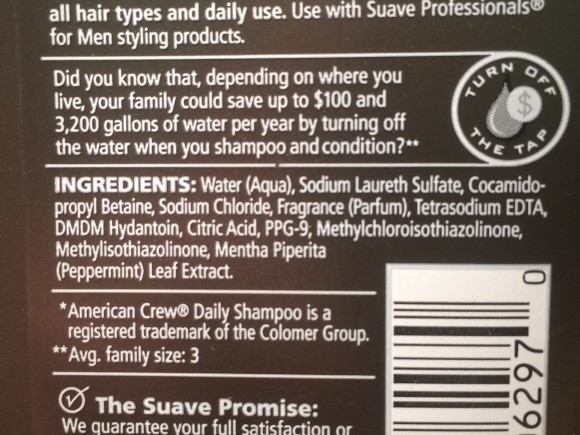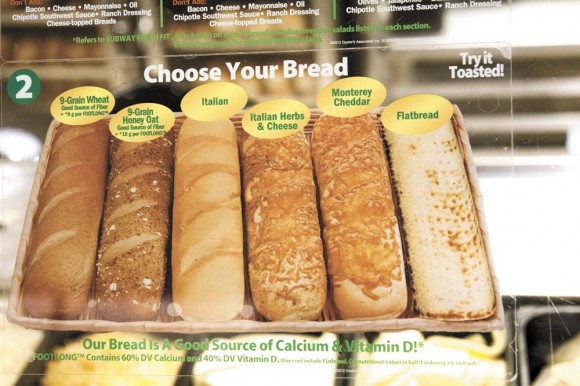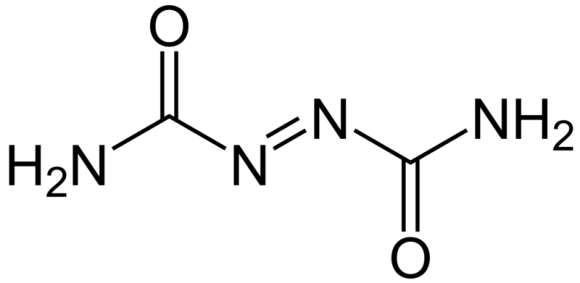In Class Roundtable Plan
My persuasive essay topic is minimum wage legislation in the United States. It seems to be a perennial issue in the world of politics, and it has once again been brought into the spotlight fairly recently, especially with the passage of a bill by President Obama to raise the minimum wage for newly hired federal contract workers to $10.10 per hour. Now the president and other lawmakers are pushing to raise the national minimum wage rate to $10.10 from its current level of $7.25. Many states have already enacted their own minimum wage legislation to set a rate higher than the national requirement, the highest of which is Washington state at $9.32. Additionally, a recent movement by some fast food workers sought a living wage from employers by demanding $15 per hour, which sparked outcry from opponents who claim $15 an hour is an outrageously high wage for the fast food industry.
It seems that the time has come for the United States once again to reconsider its minimum wage legislation, and in terms of the wage rate it seems that there are generally three options—raise, lower, or keep the same. Proponents of raising the rate maintain that higher wages have the ability to lift more of the country’s population from the depths of poverty, while opponents argue that an increase in the minimum wage rate will in fact hurt more than it will help, as employers facing higher labor costs choose to lay off workers, reduce hours, and/or raise prices to compensate.
My interest in America’s minimum wage discussion partially stems from my interest in examining how economies function and how government policies and regulations can alter the state of an economy—an interest that has lead me to pursue a minor in economics. A large part of the ongoing minimum wage discussion is based on its predicted outcome—what will actually happen in the real world if the minimum wage is raised? However, the vast number of variables acting within the US and global economies present an obstacle in determining an absolute outcome of any potential regulation. In essence, while a course on economics might choose to represent the debate with a simple graph that would seem to lead to an obvious choice of action, in reality the US economy is much more complex.

(Simplified) Minimum Wage Graph
Source: http://s3.amazonaws.com/answer-board-image/8585dc80-3f09-4db9-967f-4b24b43227fc.jpeg
Within my paper I want to explore and examine several options for national minimum wage legislation. Specifically, a Congressional Budget Office report released in February of this year proposed and analyzed two options—a raise to $9.00 and a raise to $10.10. Still, the findings of this report have been disputed, and other economic analysis has yielded conclusions in direct opposition to the CBO report. Perhaps America’s discussion (and much of its debate) about the minimum wage has more to do with the differences in economic philosophies across party aisles—an idea I will discuss in my paper.
My hope is that by reading my paper, the reader will come away with a more comprehensive understanding of the various viewpoints within America’s minimum wage discussion. Ultimately, my personal opinion is that the minimum wage should be increased, not necessarily due to the political aspects but more so due to the increasing cost of living and rate of inflation. I will likely propose that the minimum wage be tied to the rate of inflation, such that as inflation increases and the US dollar is devalued the minimum wage rises to compensate. But in the end my goal is to examine multiple opinions and options and, after the facts are laid out, to let the reader decide.


























Recent Comments